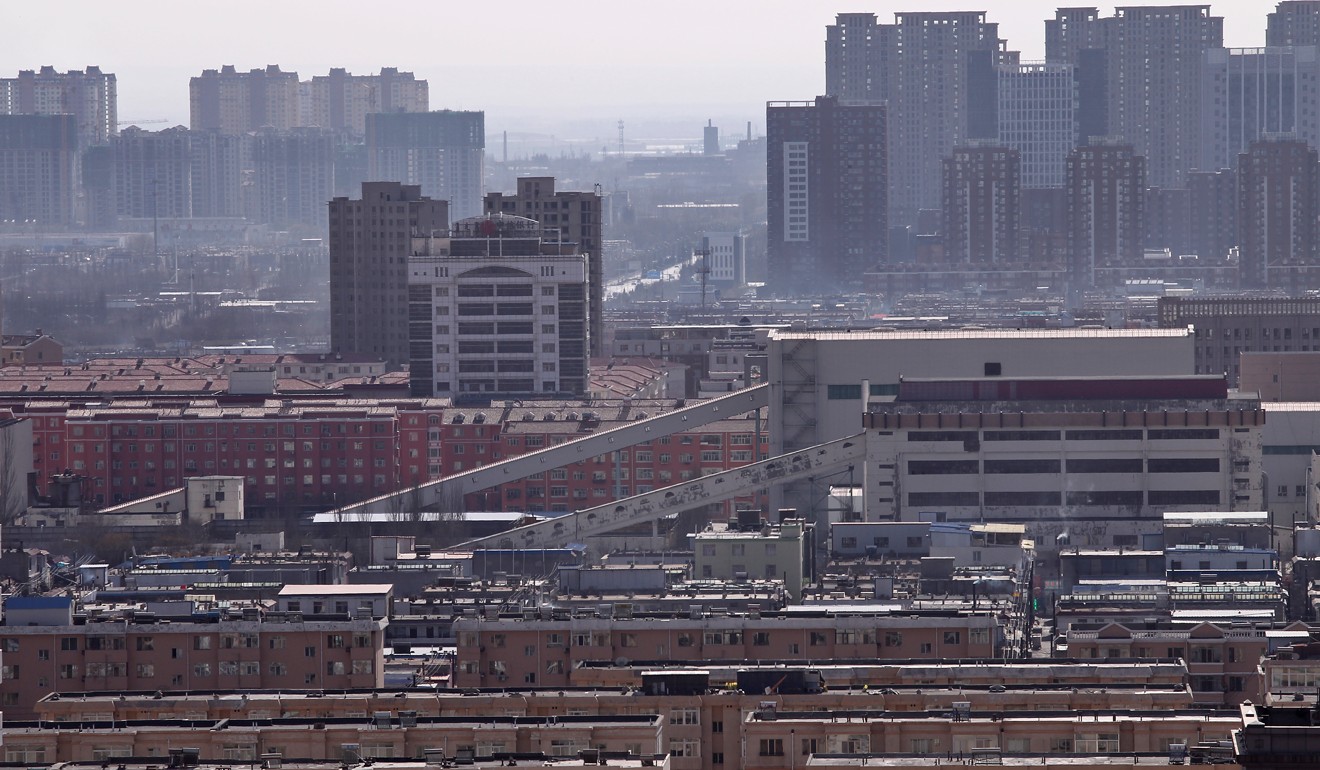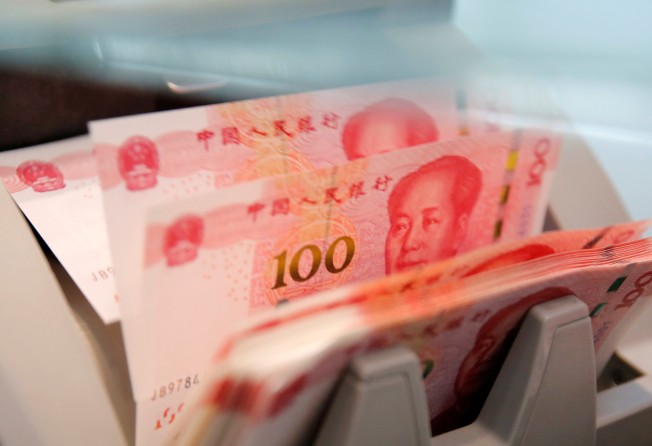
S&P Global Ratings says China to see first bond default by a local government financing vehicle in 2018
S&P also expects the number of defaults in the world’s second-biggest economy to increase as companies fall victim to tightening liquidity

China is likely to see the first bond default by a local government this year, as Beijing tightens liquidity as a way of deleveraging an economy facing increasing financial risk, according to S&P Global Ratings.
The implicit support for “local government financing vehicles”, known as LGFVS, will be tested as the nation’s top policymakers are adamant to control financial risk in the face of runaway debt in some regions, it said.
“LGFVs deserve special attention,” the global rating agency added in a report released on Tuesday.
“The risk of LGFVs defaulting on their bonds has increased, which is why we may well see the first LGFV default in the bond market.”

S&P also expects the number of defaults in the world’s second-biggest economy to increase as companies fall victim to tightening liquidity.
High leverage ratios have been one the great “enemies within” facing the mainland economy as debt-fuelled investments during the global financial crisis in 2008 led to increasing financial risk since some of the projects may not be able to repay the loans taken out to finance them.
LGFVs were often able to roll over debt due to local government support, even though they showed poor operating fundamentals.
Most of the financing platforms raised funds through bank loans, bond offerings and the issuance of wealth management products to fund the construction of infrastructure projects.
Worries over potential defaults by LGFVs first surfaced in 2011, but the implicit support by the local authorities effectively helped them through their financial troubles.
Bond yields steadily grew in 2017 and the spreads are now widening, which raised borrowing costs for Chinese companies hungry for fresh injections of funds, said S&P.
“The market is expecting to see a default by a big issuer,” said Yin Ran, an investor engaging in bond and private-equity investments.
“It will be more than just one default by the financing vehicle, given their high leverage ratios and incapability of generating profit.”
A JP Morgan report recently said that China’s debts at the end of last year’s second quarter represented 268 per cent of the country’s gross domestic product.
The mainland leadership has been striving to reduce debt levels facing the economy as they chase long-term, sustainable growth, rather than breakneck economic expansion driven by investment and exports.
S&P said property developers and companies in oversupplied and environmentally sensitive industries, such as a metals and mining, are most likely to face the greatest refinancing challenges.
Since the Communist Party Congress in October, China’s central bank and banking regulator have published a series of policies which are aimed at tackling long-standing hidden debt issues on the shadow banking system.
The financial squeeze confronting debt-ridden LGFVs, manufacturers and developers exacerbate their difficulties to maintain business levels, increasing the risk of defaults.